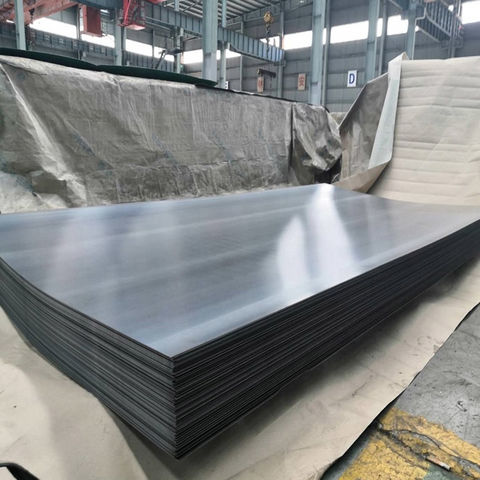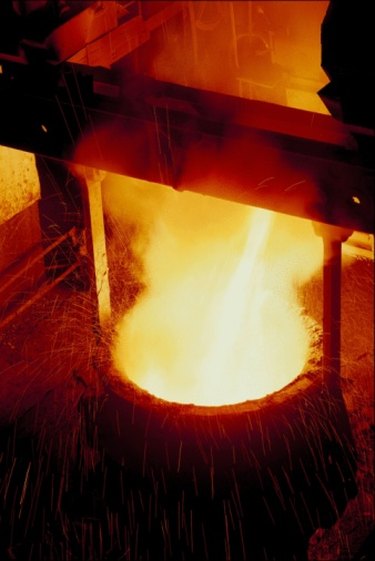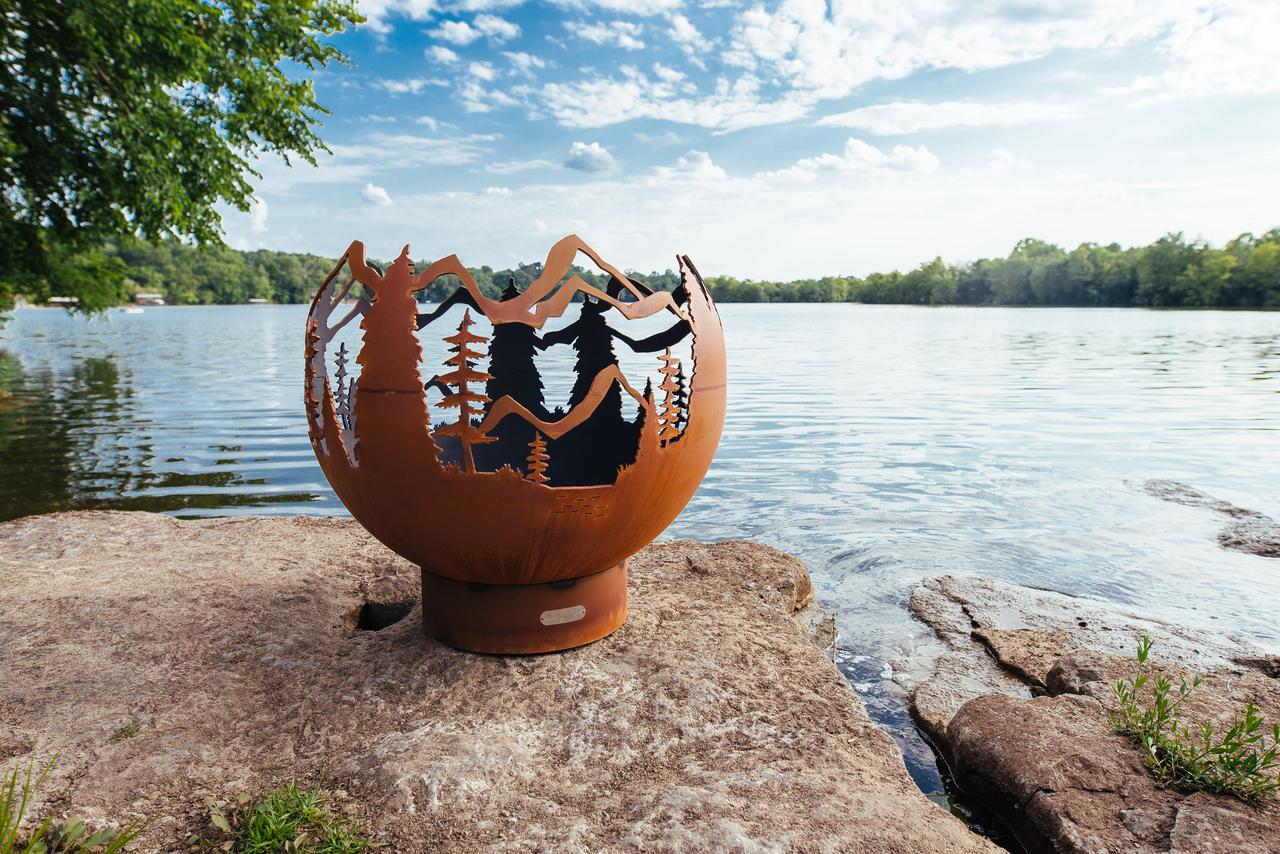The Enduring Elegance: Using 1/4 Inch Mild Carbon Steel for Fire Pit Manufacturing
Posted by Mike Moser on 22nd Jan 2024
A fire pit is not just a source of warmth and light; it is a centerpiece that can transform any outdoor space into a cozy gathering spot. When it comes to choosing the right material for manufacturing a fire pit, 1/4 inch mild carbon steel stands out as a superior option. In this article, we will delve into the myriad benefits of using this robust material, focusing on its rust resistance and longevity compared to thinner metals or steel.
The Foundation: Understanding 1/4 Inch Mild Carbon Steel
1. Durability
The thickness of 1/4 inch mild carbon steel provides exceptional durability, making it a prime choice for fire pit construction. This sturdy material can withstand the rigors of outdoor use, ensuring that your fire pit remains in top-notch condition for years to come. Its ability to endure high temperatures without warping or deteriorating makes it an ideal candidate for a long-lasting and reliable fire pit.
2. Structural Integrity
The structural integrity of a fire pit is crucial for both safety and performance. 1/4 inch mild carbon steel offers superior strength and stability, providing a robust framework for the fire pit. This ensures that the pit maintains its shape and integrity even under the stress of intense heat, preventing potential hazards and ensuring a safe outdoor experience.

The Battle Against Corrosion: Rust Resistance
1. Corrosion Resistance
One of the most notable advantages of using 1/4 inch mild carbon steel for a fire pit is its excellent resistance to corrosion. Unlike thinner metals or steel, mild carbon steel forms a protective layer of iron oxide (rust) when exposed to the elements. Paradoxically, this rust layer acts as a barrier, shielding the underlying steel from further corrosion. As a result, a mild carbon steel fire pit can brave the elements and retain its aesthetic appeal over time.
2. Weathering with Character
While some may view rust as a detriment, in the case of mild carbon steel, it contributes to the fire pit's character. The weathering process gives the steel a distinct patina, evolving over time to create a unique and attractive appearance. This characteristic not only adds to the visual appeal but also enhances the fire pit's individuality, making it a standout feature in any outdoor setting.
The Longevity Quotient
1. Extended Lifespan
Investing in a 1/4 inch mild carbon steel fire pit is essentially an investment in longevity. The thickness of the material ensures a prolonged lifespan, outlasting fire pits made from thinner metals or steel. The robust nature of mild carbon steel enables the fire pit to resist wear and tear, maintaining its functionality and aesthetics for an extended period.
2. Cost-Effective in the Long Run
While the initial cost of a 1/4 inch mild carbon steel fire pit might be higher than that of thinner alternatives, its longevity makes it a cost-effective choice in the long run. A durable fire pit requires fewer replacements, reducing overall costs and providing better value for the investment. Choosing a material that withstands the test of time is a prudent decision that pays off in terms of both performance and financial savings.

Thinner Metals and Steel: A Comparative Analysis
1. Thinner Materials and Heat Retention
One of the drawbacks of using thinner metals or steel for fire pit construction is their inferior heat retention properties. Thicker steel, such as 1/4 inch mild carbon steel, can absorb and radiate heat more efficiently, providing a consistent and enjoyable warmth. Thinner materials may heat up quickly, but they often lack the capacity to retain and distribute heat evenly, resulting in a less satisfying and shorter-lived outdoor experience.
2. Structural Weakness
Thinner materials compromise the structural strength of the fire pit. They are more susceptible to warping and distortion when exposed to high temperatures, potentially leading to safety concerns. The structural weakness of thinner metals or steel limits their overall lifespan, requiring more frequent replacements and maintenance.
3. Corrosion Vulnerability
Thinner metals and steel are more vulnerable to corrosion, especially in outdoor environments with varying weather conditions. The lack of thickness diminishes their ability to form a protective rust layer effectively. This vulnerability not only affects the visual appeal but also raises concerns about the fire pit's structural integrity and safety over time.
Maintenance Considerations
1. Minimal Maintenance
The low-maintenance nature of 1/4 inch mild carbon steel is another compelling reason to choose this material for fire pit construction. Unlike some other metals that may require special coatings or constant attention to prevent corrosion, mild carbon steel fire pits are relatively hassle-free. Periodic cleaning and a simple protective coating can suffice to keep the fire pit looking and performing at its best.
2. Easy Restoration
In the rare event that a mild carbon steel fire pit does show signs of excessive rust, restoration is a straightforward process. Sanding or wire brushing the affected areas and applying a fresh coat of heat-resistant paint can revitalize the fire pit, extending its lifespan and restoring its original beauty.
Conclusion
Choosing 1/4 inch mild carbon steel for the construction of a fire pit is a decision rooted in durability, rust resistance, and longevity. This material not only ensures a robust and stable structure but also adds a touch of elegance to any outdoor space. As a long-term investment, a mild carbon steel fire pit outshines its thinner counterparts, providing a reliable and visually appealing focal point for gatherings, making chilly evenings warmer, and creating lasting memories around the dancing flames.


